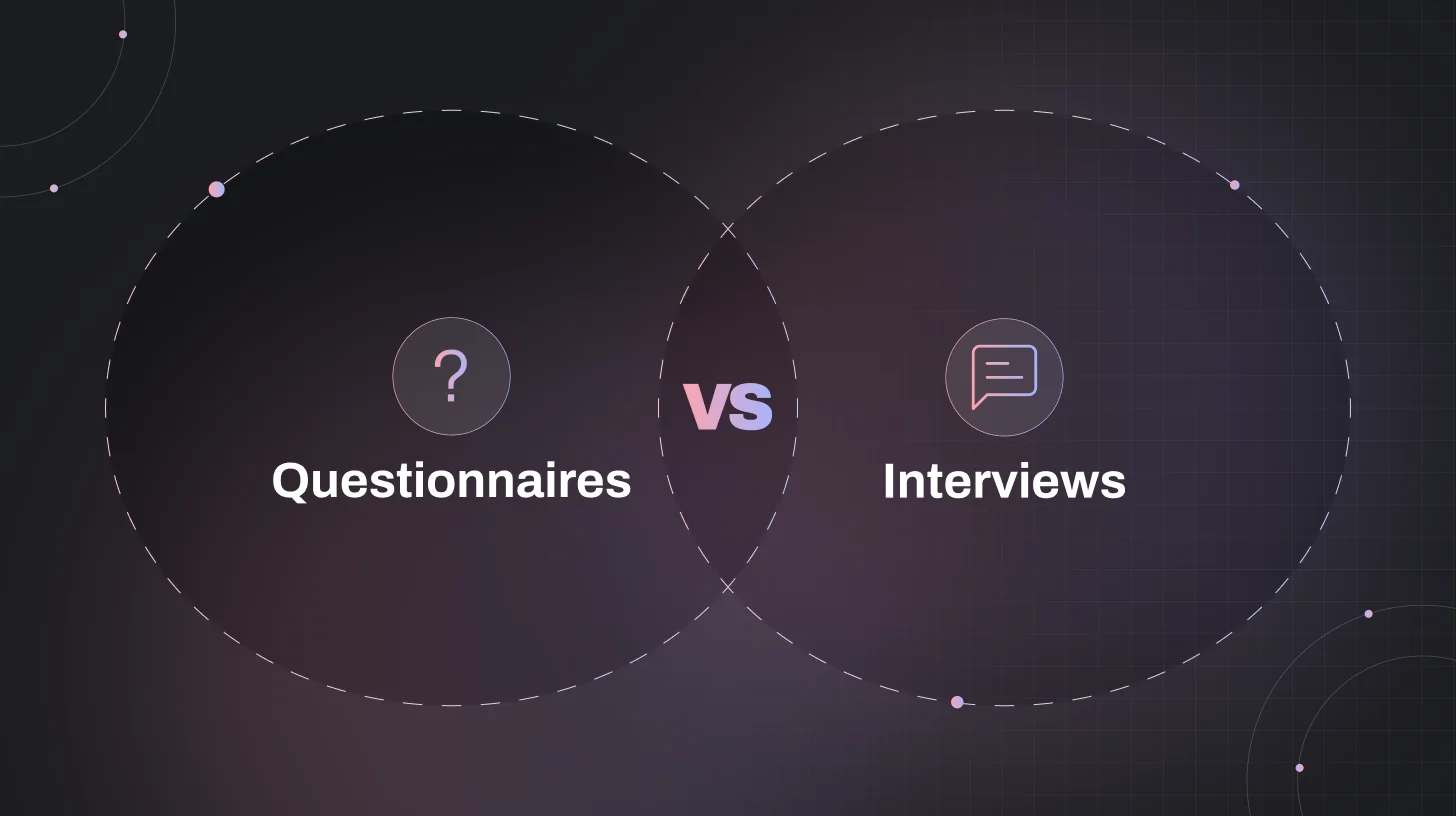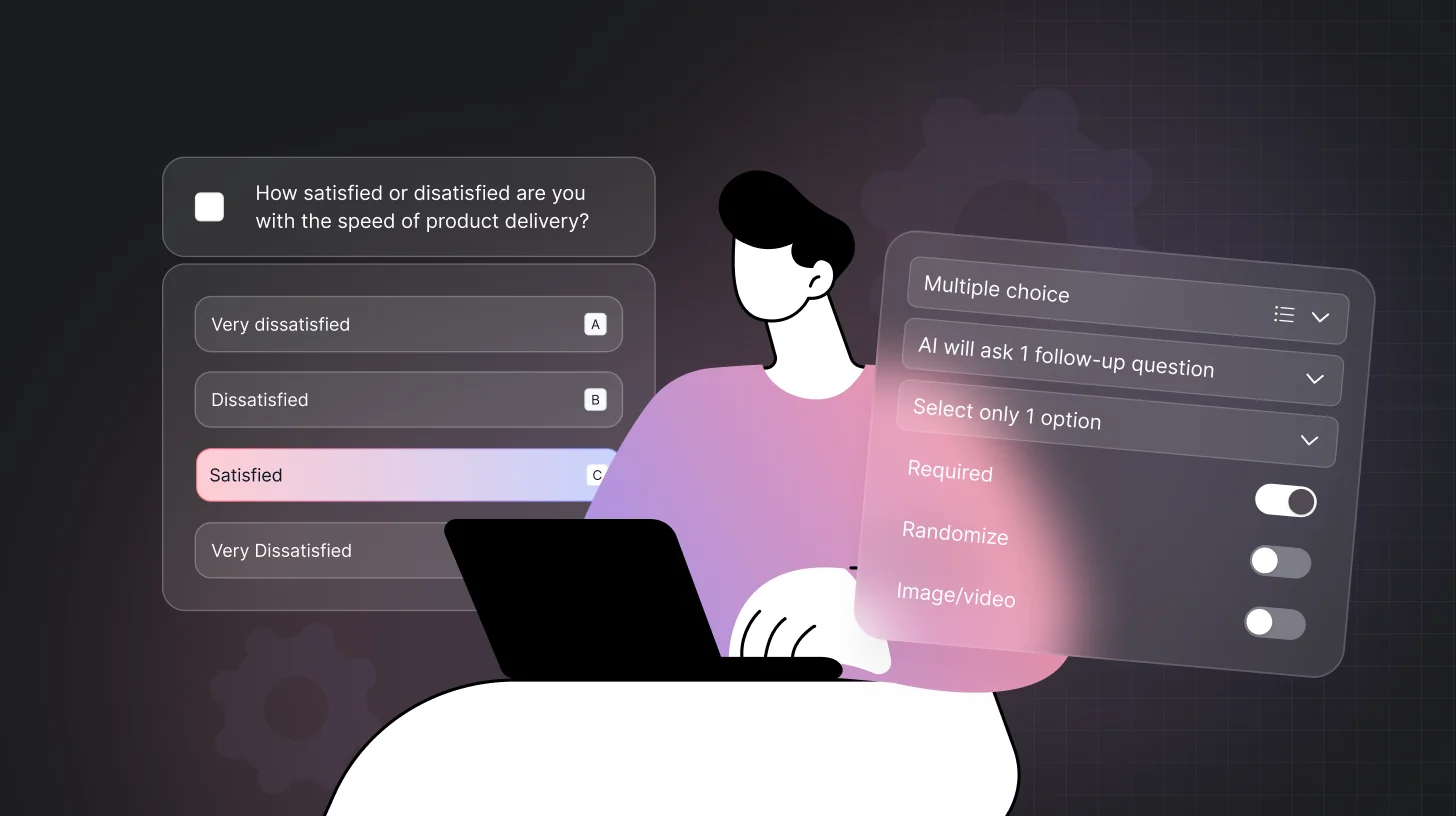10 Strategies to Measure Employee Happiness in the Workplace

Unhappy employees cost U.S. companies over $500 billion per year in lost productivity, turnover, and disengagement.
Yes, you heard that right, a loss of over half a trillion dollars annually!
Employee happiness fuels employee engagement, and engaged employees play a vital role in a business's financial performance.
Which brings us to the key question:
How do you measure employee happiness to keep your workforce satisfied, loyal, and motivated?
In this blog, we’ll break down the five most effective metrics for measuring employee happiness and explore 10 actionable strategies you can use to boost it in the long term.
What is employee happiness?
Employee happiness is an emotional state of having a positive attitude and outlook on work. Happy employees feel valued, supported, and fulfilled in their roles, both professionally and personally. They have a high level of employee engagement and job satisfaction.
Read - Employee Happiness Survey: Top 20 Questions for Real Insights
Factors contributing to employee happiness:
- Positive work environment
- Work-life balance
- Feeling valued by the employer
- Recognition and appreciation
- Healthy relationship with peers
- Alignment of goals with personal values
Employee happiness is the root cause of optimal performance, innovation, and retention in a workplace, but it requires thoughtful effort to create a positive employee experience throughout the employee lifecycle.
Recommended read: 50+ Employee Engagement Survey Questions to Strengthen Your Team
Metrics to Measure Employee Happiness
Measuring employee happiness over time is important for building and maintaining a happy workforce. Several methods exist for measuring workplace happiness, including the employee Net Promoter Score, employee satisfaction score, pulse surveys, sentiment analysis, and absenteeism rate.
Employee Net Promoter Score
Employee Net Promotor Score ( eNPS) surveys consist of a simple question: “On a scale of 0 to 10, how likely would you recommend us as a great place to work?” This question assesses the employee morale and loyalty to the organization.
How to measure it:
- Promoters (9–10)
- Passives (7–8)
- Detractors (0–6)
Related read: Employee Net Promoter Score (eNPS): The Complete Guide
Employee Satisfaction Score (ESAT)
Employee satisfaction scores measure how content employees are with their work-life balance. It tracks factors such as sense of purpose, likelihood of professional opportunities, and opinions on salary and benefits.
Key questions to use in surveys:
- “How satisfied are you with your role right now?”
- “How satisfied are you with your manager or team?”
Pulse surveys
Pulse surveys are a quick and effective way to gather regular feedback on employee satisfaction and happiness. They catch small dips instantly before they become a major issue, and monitor fluctuations in employee happiness over time.
Examples of pulse questions:
- “How did you feel at work this week?”
- “Do you feel supported by your manager?”
Related read: A Practical Guide to Pulse Surveys: Definition, Benefits & Best Practices
Sentiment Analysis (Using AI Tools)
AI-powered tools can scan employees' comments, messages, feedback, and interview data to spot hidden dissatisfactions and highlight early risks.
Platforms like TheySaid utilize AI-led surveys and interviews, along with natural language processing, to measure emotional tone and surface honest feedback, even from employees who might be hesitant to share their thoughts in traditional surveys.
Related read: The Ultimate Guide to Sentiment Analysis: What It Is & Why It Matters
Absenteeism rate
Absenteeism refers to the frequency of employees missing work due to unexpected reasons, such as sudden illness, personal emergencies, or stress-related burnout.
To calculate it, divide the total number of unplanned absence days by the total number of working days during a specific period (excluding weekends, holidays, and approved vacations). If your absenteeism rate is consistently high, it might be a red flag. It means your employees feel overburdened, mentally exhausted, and struggle with stress and anxiety.

10 Strategies to Increase Employee Happiness
Here are 10 actionable strategies for creating a happier workplace and improving happiness at work.
Foster honest two-way communication
Open communication is not just about sending out announcements, but creating a culture where employees can voice their opinions without fear or judgment. Transparent communication fosters trust, resolves issues, and facilitates more informed decision-making at every level.
Ways to make it happen:
- Keep leadership approachable with a clear, open-door policy
- Set up regular feedback loops through surveys or check-ins
- Share company updates transparently so no one’s left in the dark
Celebrate Wins (Big or Small)
Who doesn't like being appreciated and recognized at work? When employees know their efforts are seen and appreciated, they are more likely to stay engaged and committed to the organization. Recognition is a morale booster that shows a company values employees’ contributions at all levels.
Ways to show appreciation:
- Highlight achievements in team meetings or newsletters
- Use peer recognition tools so teammates can lift each other up
- Offer spot bonuses or shoutouts tied to performance milestones
Invest in Their Growth
Providing your team with opportunities to learn new skills or take on new challenges demonstrates your commitment to their growth. Organizations can support employee happiness by providing professional development opportunities, such as offering workshops and training sessions, to enhance their skill sets.
Ways to support development:
- Offer tuition assistance or reimbursement for relevant courses
- Host “Lunch & Learn” sessions to spark curiosity
- Provide access to workshops, webinars, or certifications
Support Work-Life Balance
Work-life balance is one of the strongest foundations of long-term happiness. People want to clock out and actually disconnect, not just from their computers, but from the mental weight of their job. A proper work-life balance means your team has time to rest, recharge, and attend to what matters outside of work.
Ways to help employees find balance:
- Offer flexible working hours
- Embrace hybrid or remote work
- Encourage mental health days
Give Employees a Safe Space to Speak Up
Authentic feedback is necessary for making improvements to increase employee happiness in a workplace. When employees know their name is not attached to the feedback, they are more likely to share honest reviews about your senior leadership and the workplace environment.
How to do it well:
- Send out anonymous surveys over time
- Analyze the patterns
- Regularly review and act on the input
Create a Work Environment People Enjoy
Whether your team is working from the office or remotely, they want to feel valued, comfortable, and respected. Organizations can create a positive environment by asking employees what truly matters to them and then using that feedback to shape the environment.
Tips to build that environment:
- Launch DEI (Diversity, Equity & Inclusion) programs
- Enforce zero-tolerance policies
Pay Fairly and Offer Benefits Employees Want
Offer competitive pay and a comprehensive benefits package to attract and retain top talent. Employers can create benefit plans that employees love by conducting employee surveys.
Ways to stay competitive:
- Conduct salary benchmarking regularly using tools like HR Datahub to stay aligned with industry standards.
- Offer both required and optional benefits (e.g., mental health support, childcare stipends)
- Ask employees which benefits matter most to them
Help People Build Meaningful Connections at Work
Coworkers have a significant impact on the happiness of employees. Employee dedication and happiness are increased by supportive peers. Companies can increase employee commitment and morale by cultivating meaningful relationships with their coworkers.
Furthermore, a significant source of satisfaction is the working relationships that exist between managers and employees. To strengthen these vital connections, managers can encourage team members to participate in collaborative initiatives and team-building exercises.
Essential things to think about are:
- Team-building activities
- Create Chat channels
- Train managers to lead meaningful check-ins
Make Everyone Feel Like They Belong
Diversity, equity, and inclusion (DEI) efforts help ensure that every team member has the support they need to thrive. When people from diverse backgrounds, identities, and experiences feel truly seen and respected, amazing things start to happen: collaboration improves, creativity flourishes, and the workplace becomes a place where people genuinely enjoy being.
How to put DEI into action:
- Enforce clear, zero-tolerance policies
- Use inclusive hiring practices
- Offer ongoing DEI training
Bring People Together Away From Work-Related Activities
Sometimes, taking a complete break from work, even for a short while, is the best approach to increase job satisfaction. Employees can unwind, have fun, and engage with coworkers in a more relaxed environment at social events.
The events, such as a Friday happy hour, a team lunch, or a trivia night, foster relationships that go beyond Slack messages and deadlines.
Simple ways to create a connection:
- Host fun events like trivia nights, charity drives, or themed lunches
- Celebrate wins with awards or team recognition events
- Plan low-pressure gatherings like happy hours or virtual coffee chats
Say “Thank You” to the team regularly,
Expressing thanks can make a big difference. When employees feel genuinely recognized for their efforts, it strengthens their loyalty, builds pride in their work, and gives them a greater sense of purpose. If you want to boost employee happiness, start by showing genuine gratitude and do it often.
Easy (and powerful) ways to show appreciation:
- Write handwritten or personalized thank-you notes
- Use a recognition platform
- Give shoutouts or say thank you in meetings
Recommended read: 100+ Employee Evaluation Examples: Best Performance Review Phrases 2025
Increase employee happiness with TheySaid
With TheySaid, you don’t just measure, you understand.
Using AI surveys and AI-led interviews, TheySaid helps you track key employee metrics like happiness, engagement, and satisfaction all in one powerful platform.
But here’s the game-changer: TheySaid doesn’t stop at scores. It starts real conversations that uncover the deeper “why” behind the numbers.
Try TheySaid and make employee happiness a strategic advantage.
Key Takeaways
- Run an eNPS survey to measure employee loyalty with one simple question: “Would you recommend us as a place to work?”
- Send monthly pulse surveys to catch early dips in morale before they grow into bigger problems.
- Use AI sentiment analysis tools (like TheySaid) to scan employee feedback for hidden dissatisfaction and emotional tone.
- Track absenteeism rates quarterly to spot signs of stress, burnout, or disengagement across teams.
- Create anonymous feedback channels so employees feel safe sharing honest opinions without fear.
- Use TheySaid to start deeper AI-led conversations, not just gather scores, and act on what your people really need.
FAQs
Is employee happiness the same as job satisfaction?
Not quite. Job satisfaction is about the role itself (tasks, salary, etc.), while happiness also includes emotional well-being, relationships, and feeling valued.
Are happy employees more engaged?
Yes. Happy employees are usually more focused, productive, and committed. They care about their work and are more likely to go the extra mile.
How can I tell if my employees are happy?
Look for signs like low turnover, positive feedback, strong team collaboration, and low absenteeism. You can also ask directly through anonymous surveys or AI-led interviews.







.webp)







.svg)